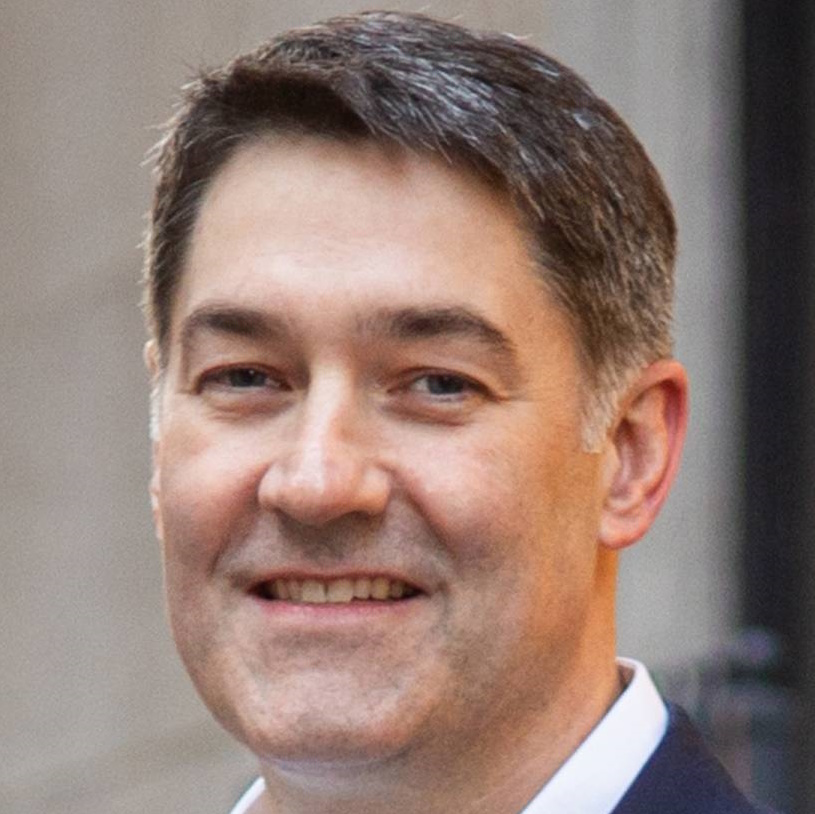Family Office Investors: getting paid to wait
by charles | Comments are closed06/21/2023
Follow the money, always follow the money – William Goldman, “All the President’s Men”
Bob Dylan wrote the evocative The Times They Are a-Changin’ in 1963, and sixty years later the song might just as well be a meditation on today’s unsettled times.
While large institutional funds – pensions, sovereign wealth funds, endowments – continue to invest as if nothing has changed, our family office clients are preparing for a more nuanced and conflicted scenario, building liquidity and waiting for clarity.
Changing times
After a 2,000-basis-point decline in interest rates between 1980 and 2020, the Federal Open Market Committee on March 16, 2022 finally changed the game and began the process of lifting their price controls on money.
“Nowadays,” writes Howard Marks, “the ICE BofA U.S High Yield Constrained Index offers a yield of over 8.5%, the CS Leveraged Loan Index offers roughly 10.0%, and private loans offer considerably more.”
“In other words, expected pre-tax yields from non-investment grade debt investments now approach or exceed the historical returns from equity.”
And as Marks postulates, not only has the “sea change” in rates finally put an end to our golden era of free money, it also quite possibly signals the end of private equity’s buoyant forty-year run.
“Almost the entire history of levered investment strategies has been written during a period of declining and/or ultra-low interest rates.”
Along the watchtower
One of our family clients recently asked his private banker at Citi what he saw other large family offices doing. The banker’s answer, “going to cash!”
The latest Goldman Sachs 2023 Family Office Investment Insight Report surveyed family sentiment and found that “since 2021, global family offices, on average, increased their combined allocation across cash and fixed income from 19% to just over 22% total — 12% in cash and cash equivalents, and 10% in fixed income.”
This move to liquidity and safety is hardly surprising. As we wrote a year ago, family offices have been around for centuries and weathered every conceivable storm.
From the major-domos in ancient Rome to Rockefeller and Microsoft heirs, cash has always been king. Liquidity meant power and the means to act in good times and bad.
Maybe it’s also because family founders are usually operators who run businesses and in business, running out of cash is an original sin.
The clarity of hindsight
So, how are the nation’s largest pensions, the really big money boys and girls ($5.19 trillion in DB assets), dealing with this historic “shift?” As nearly as we can tell, they don’t have much room to maneuver.
They’re still boosting their allocations to private markets despite massive amounts of dry power, intense competition, increasing rates, decreasing returns, and make-believe marks.
The $442 billion CalPERS pension, for example, announced in January that the allocation to private equity would be increased from “8% to 13% starting with the 2022-23 fiscal year.”
Even if pensions wanted to alter course, however, they face performance pressures and institutional roadblocks. Not to mention funding commitments and low liquidity.
Changing course means educating boards, building expertise, and overcoming vested interests, an unpleasant and for now unlikely process. But with a snowballing funding crunch, something will eventually give.
To quote John Kenneth Galbraith, “There can be few fields of human endeavor in which history counts for so little as in the world of finance.”
Fixed income, how sweet it is
Read More »Vincent Tuohey, next president PRINCO
by charles | Comments are closed06/16/2023
Vincent Tuohey, next president PRINCO
13yrs MITMCo, 2yrs Littlejohn & Co. 4yrs US Army Captain (Iraq), BA & MBA Harvard, MA Cambridge U
Read More »Mark L. Baumgartner, new CIO at Ray Dalio family office
by charles | Comments are closed06/15/2023
Mark L. Baumgartner, new CIO Ray Dalio family office
Read More »Headhunters and Haystacks
by charles | Comments are closed06/03/2023
“Don’t look for the needle in the haystack. Just buy the haystack!” — John Bogle
If it’s hard picking superior investments and asset managers, on what basis should we select the investment officers who pick those managers?
Take public markets, for example. According to Jason Zweig, Investing Columnist for The Wall Street Journal, “only 4.3% of stocks created all the net gains in the U.S. market between 1926 and 2016.”
In other words, over the last ninety years, less than two hundred stocks returned legendary money to their investors.
Zweig maintains that finding these “superstocks,” as William Bernstein of Efficient Frontier Advisor calls them, stocks that rise in value by 10,000% or more, is for most folks a losing proposition. He has argued for years that investors are better off buying a broad-market index fund.
What about private markets?
Private markets have their own challenges. A study by ULU Ventures concluded that venture capital firms “pick winners only 2.5% of the time. More than a decade of data reveals that out of more than 4,000 VC investment rounds annually, the top 100 generate between 70% and 100% of industry profits.”
The odds aren’t much better across buyout firms. The Oregon Investment Council pension system has invested in private equity for years. They are experienced, savvy, and comfortable with the asset class.
But over the last ten years the staff would have been better off putting their PE allocation into the Russell 3000. For the ten-year period ending December 31, 2021, their PE investments returned 15.7% versus 17.1% for the R3000, underperforming their benchmark by 4.3%.
Serious investing is about consistency
In our interview with Jon Hirtle, executive CEO of Hirtle Callaghan, he described investing this way. “Serious investing is about consistency, and serious investors position their portfolios to succeed in a highly uncertain future.”
How uncertain? Since 1945 the S&P 500 index has grown on average 11.12% per annum but during this span there have been 14 bear markets with drops averaging 32%.
And yet, the best CIOs somehow find a way to outperform – Paula Volent and David Swensen for example. Ms. Volent, Bowdoin College chief investment officer from 2000 to 2021 and current CIO at Rockefeller University, has topped our charts for years, delivering 11.9% for the twenty-year period ending June 30, 2021, and 14.5% for the last ten years.
And David Swensen, a seminal figure in the investment industry, produced a 13.7% per annum return over his thirty-five-year tenure as CIO at Yale.
Searching for the next Volent
For us, the search process begins with two questions.
The first is data driven. After years of evaluating investment talent for families, nonprofits, and asset managers, we look for persistence along with performance in a candidate’s background.
Our pool of talent includes hundreds of endowments, foundations, public and private pensions, health systems, associations, and charities, another five hundred to a thousand family offices, and thousands of OCIOs, RIAs, and for-profit asset managers.
It’s a deep bench but consistent performance is the key. And it’s not always apparent who’s driving the process.
Every candidate tells us they find great managers and pick great stocks. They all, apparently, produced top quartile results.
But, over time top chief investment officers stay on top. It’s in our data.
The second question is based on intuition and experience. Is this candidate someone that catches our eye? Piques our curiosity? An overachiever? We look for soft skills that indicate leadership and accomplishment.
Five key attributes in winning candidates
Read More »



